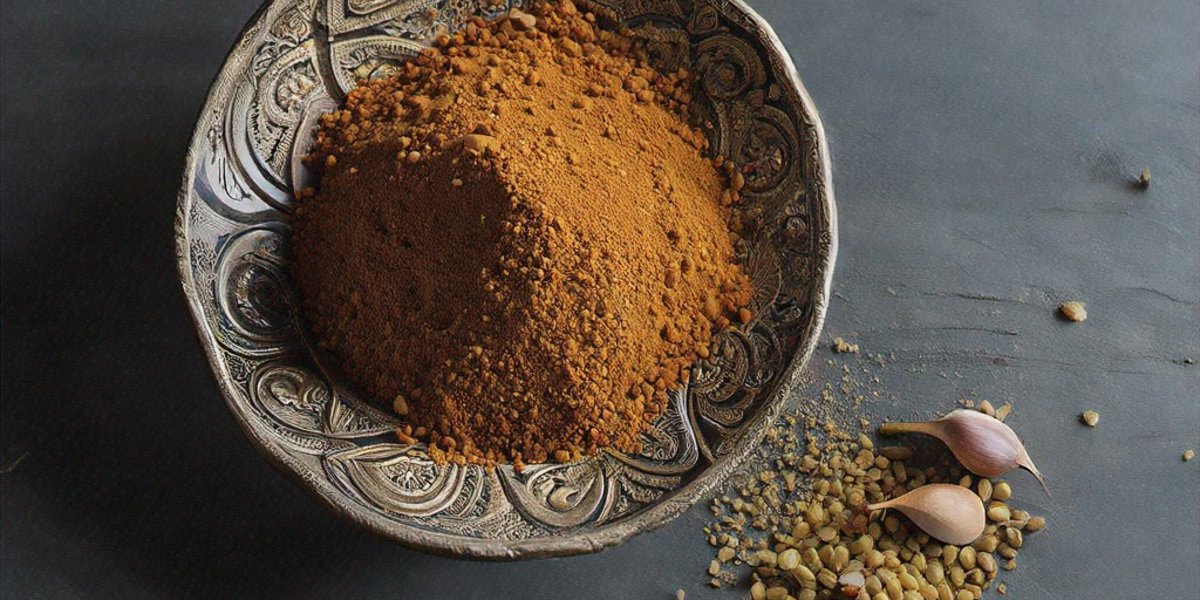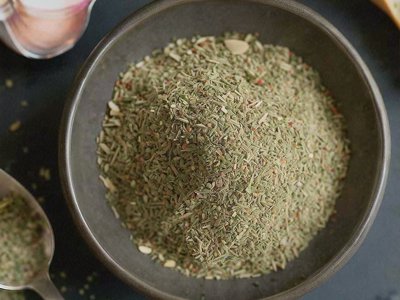Ras el Hanout
Ras el Hanout translates to "head of the shop" in Arabic, indicating this is the finest blend a spice merchant offers. This complex Moroccan spice mixture embodies the sophisticated palate of North African cuisine, where sweet, savory, and floral notes dance together in perfect harmony.
The Blend
Primary Spices:
- 2 tablespoons ground cumin (the backbone of Moroccan cooking)
- 2 tablespoons ground coriander (adds citrus brightness)
- 1 tablespoon ground cinnamon (provides warmth and sweetness)
- 1 tablespoon ground allspice (brings complex, peppery notes)
Aromatic Elements:
- 1 tablespoon ground cardamom (floral and slightly minty)
- 1 teaspoon ground ginger (adds warmth)
- 1 teaspoon ground nutmeg (subtle sweetness)
- 1/2 teaspoon ground cloves (use sparingly - very potent)
Signature Touches:
- 1/2 teaspoon dried rose petals, ground (the distinctive floral note)
- 1/2 teaspoon ground black pepper (enhances other spices)
- 1/4 teaspoon ground turmeric (adds depth and color)
The Art of Balance
Ras el Hanout is about achieving complexity without confusion. The rose petals are what make this blend truly special, but they must be used judiciously. Too much and the blend becomes perfumey; too little and it loses its distinctive character.
The cinnamon and allspice should complement rather than dominate. In traditional Moroccan cooking, these spices are often used to balance the heat of chilies and the richness of slow-cooked meats.
Authenticity Notes
True Ras el Hanout can contain up to 30 different spices, with each spice merchant having their own closely guarded recipe. Some versions include more exotic ingredients like ash berries, monk's pepper, or even Spanish fly (though this is rare in modern blends).
The rose petals used should be culinary-grade, preferably from Morocco or the Middle East. Regular garden rose petals may have been treated with pesticides and won't provide the same aromatic quality.
Storage and Freshness
Store in an airtight container in a cool, dark place. The rose petals are particularly sensitive to light and heat, which can cause them to lose their delicate fragrance. This blend is best used within 2-3 months for optimal flavor.
Traditional Uses
Tagines: The quintessential use - adds depth to slow-cooked meat and vegetable stews Couscous: Sprinkle over steamed couscous for instant Moroccan flair Grilled Meats: Particularly lamb and chicken, where the spices can penetrate and develop Rice Dishes: Adds complexity to simple rice preparations
Modern Applications
Roasted Vegetables: Especially root vegetables like carrots, sweet potatoes, and parsnips Egg Dishes: Scrambled eggs or omelets with a pinch of this blend Popcorn: A sophisticated alternative to butter and salt Baked Goods: Some Moroccan pastries use this blend for depth
Variations by Region
Fez Style: Heavier on cinnamon and rose petals, lighter on heat Marrakech Style: More emphasis on cumin and coriander, with added paprika Casablanca Style: Often includes more black pepper and ginger for coastal influence
This blend represents the heart of Moroccan hospitality - complex, welcoming, and designed to make every meal an occasion.



